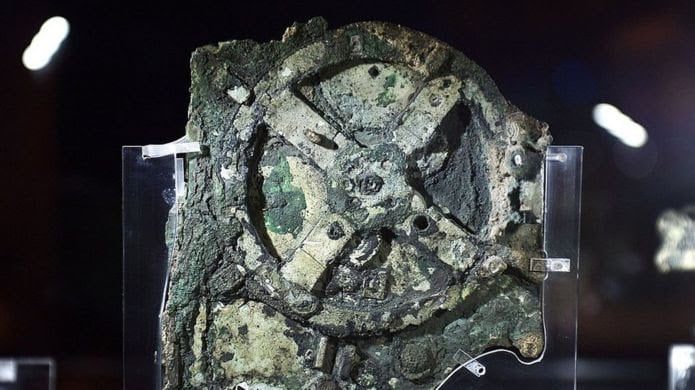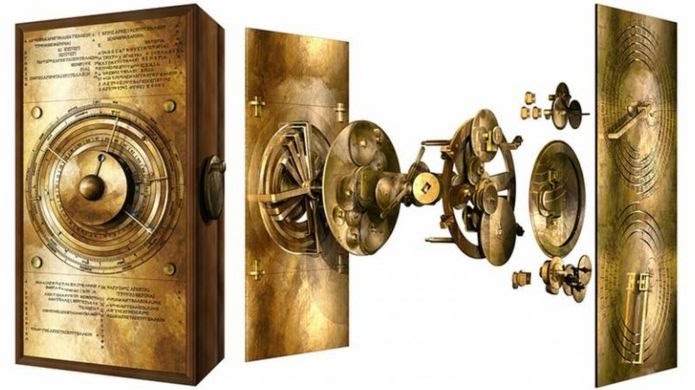A research team used the 3D modeling to recreate the complex gear system of the fascinating Antikythera machine.
The 2000-year-old device, often called the world's oldest "computer", was recreated for study purposes by scientists trying to understand how it worked.
Antikythera, 120 years ago the discovery of "an ancient modernity"
Ever since they found it in Greece in 1901 in a Roman-era wreck, the Antikythera Mechanism has baffled experts.
It is thought that the device (powered by hand) was used to predict eclipses and other astronomical events.
The problem is (was it?) That only a third of the Antikythera device survived, leaving researchers to ponder how it worked, and what it originally looked like.
Rebuilding the myth
The rear of the mechanism had been reconstructed from previous studies, but the nature of the complex gear system at the front of the Antikythera device has long been a mystery.
Scientists fromUniversity College London (UCL) they believe they have finally solved the puzzle using 3D computer modeling. They recreated the entire front panel and now hope to build a full-scale replica of the Antikythera using modern materials.

Friday, a paper published in Scientific Reports revealed a new visualization of the gear system that showed its details and complex parts.
“The Sun, Moon and planets are displayed in an impressive succession in true ancient Greek style,” says the paper's lead author, Professor Tony freeth.
Ours is the first model that conforms to all physical evidence and matches the descriptions in the scientific inscriptions engraved on the mechanism itself
Antikythera, an interactive cosmological calculator
It is believed, as mentioned, that the Antikythera mechanism is the oldest computer in the world. The mechanism has been described as an astronomical computer and the world's first analog computer.
It is made of bronze and includes dozens of gears.
The back cover of the Antikythera machine presents a description of the cosmos, and shows the movement of the five planets that were known at the time the device was built.
The reconstruction was long and complex because only 82 fragments of the original device survived. That's about a third of the total. Scientists had to reconstruct the full picture using X-ray data and a mathematical method from ancient Greece.


